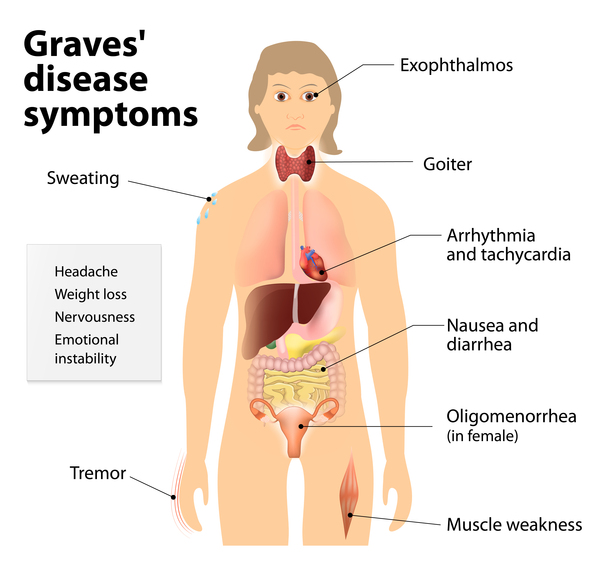The nurse is caring for a client with sepsis. Which intervention would the nurse include to monitor for decreased tissue perfusion?
Evaluate pupil reactions every shift
Assess temperature every 4 hours
Monitor for cyanosis
Check reflexes
The Correct Answer is C
Choice A reason: Evaluating pupil reactions every shift is important for neurological assessment but is not directly related to monitoring tissue perfusion.
Choice B reason: Assessing temperature every 4 hours is a standard monitoring procedure for sepsis but does not specifically address tissue perfusion.
Choice C reason: Monitoring for cyanosis is a direct method to assess tissue perfusion. Cyanosis, a bluish discoloration of the skin, indicates poor oxygenation and is a sign of decreased tissue perfusion.
Choice D reason: Checking reflexes is part of a neurological assessment and, while important, it does not directly monitor tissue perfusion.
Nursing Test Bank
Naxlex Comprehensive Predictor Exams
Related Questions
Correct Answer is C
Explanation
Choice A reason: Less constipation is not a direct indicator of effective PTU therapy, as constipation can be associated with hypothyroidism, and PTU is used to treat hyperthyroidism.
Choice B reason: Weight loss is expected in hyperthyroidism, and PTU is used to reduce thyroid hormone levels, not to promote weight loss.
Choice C reason: A reduction in facial puffiness can indicate that the PTU is effectively reducing thyroid hormone levels, as puffiness can be associated with hyperthyroidism.
Choice D reason: Improvement in vision is not a typical outcome of PTU therapy and does not directly indicate its effectiveness.
Correct Answer is B
Explanation
Choice A reason: Needing a sweater or jacket is not typical for Graves' disease, which often causes intolerance to heat rather than cold.
Choice B reason: This response is typical for Graves' disease, as hyperthyroidism can increase metabolism, leading to feeling warm or hot even in cold weather.
Choice C reason: While temperature dysregulation can occur, the specific symptom of feeling warm in cold weather is more directly associated with Graves' disease.
Choice D reason: Cold fingers can be a symptom of many conditions, but it is not specifically indicative of Graves' disease.

Whether you are a student looking to ace your exams or a practicing nurse seeking to enhance your expertise , our nursing education contents will empower you with the confidence and competence to make a difference in the lives of patients and become a respected leader in the healthcare field.
Visit Naxlex, invest in your future and unlock endless possibilities with our unparalleled nursing education contents today
Report Wrong Answer on the Current Question
Do you disagree with the answer? If yes, what is your expected answer? Explain.
Kindly be descriptive with the issue you are facing.
